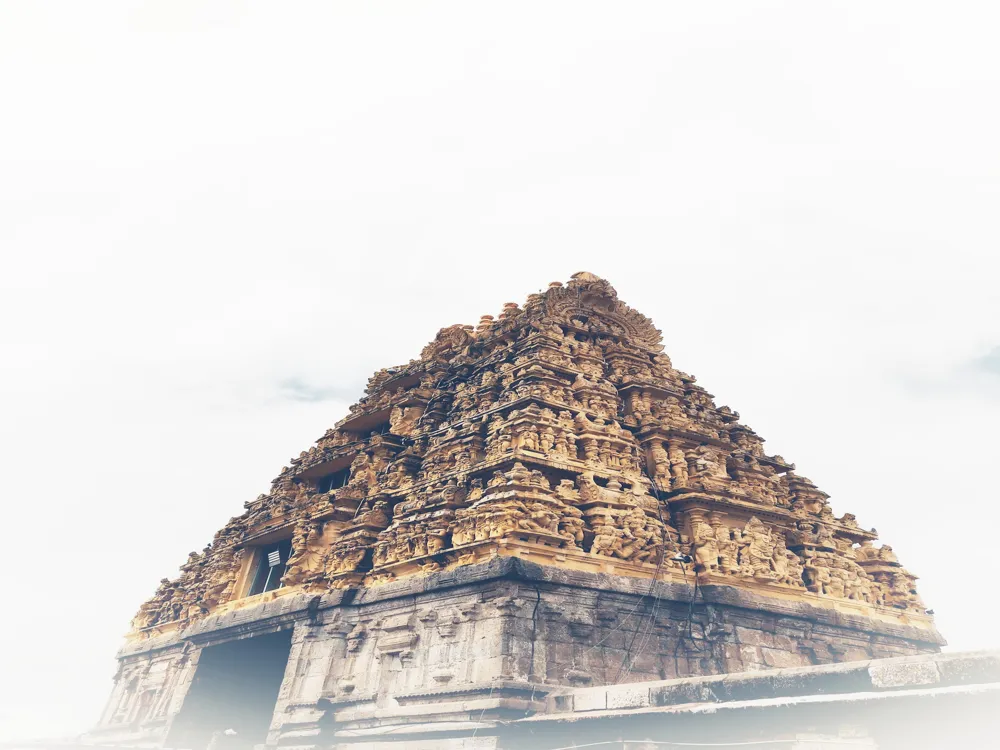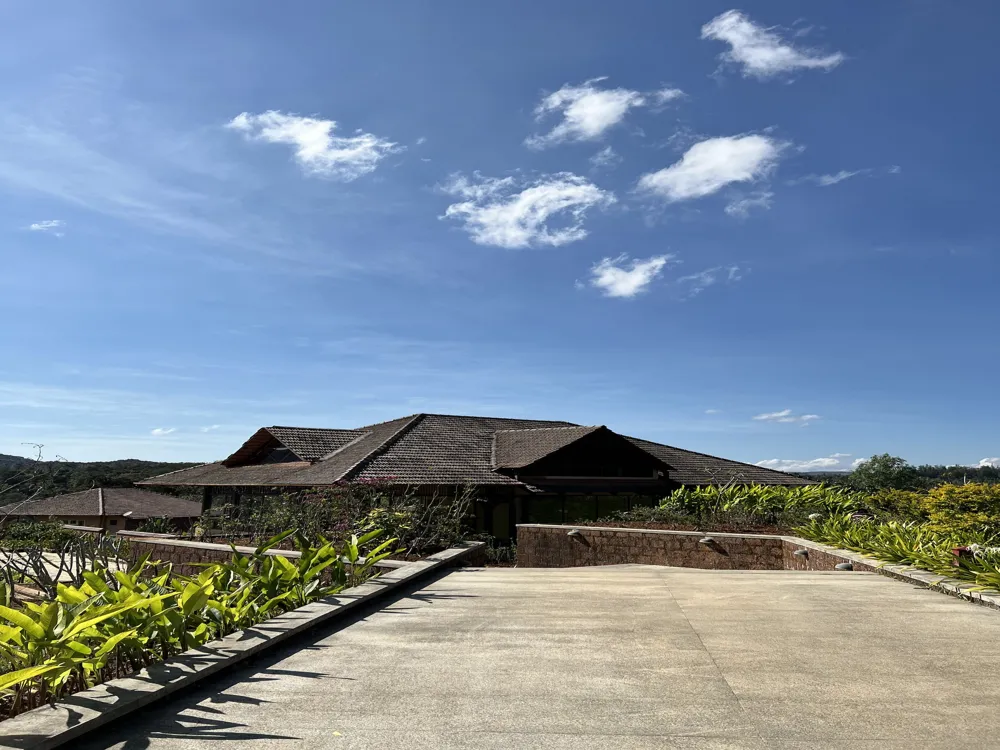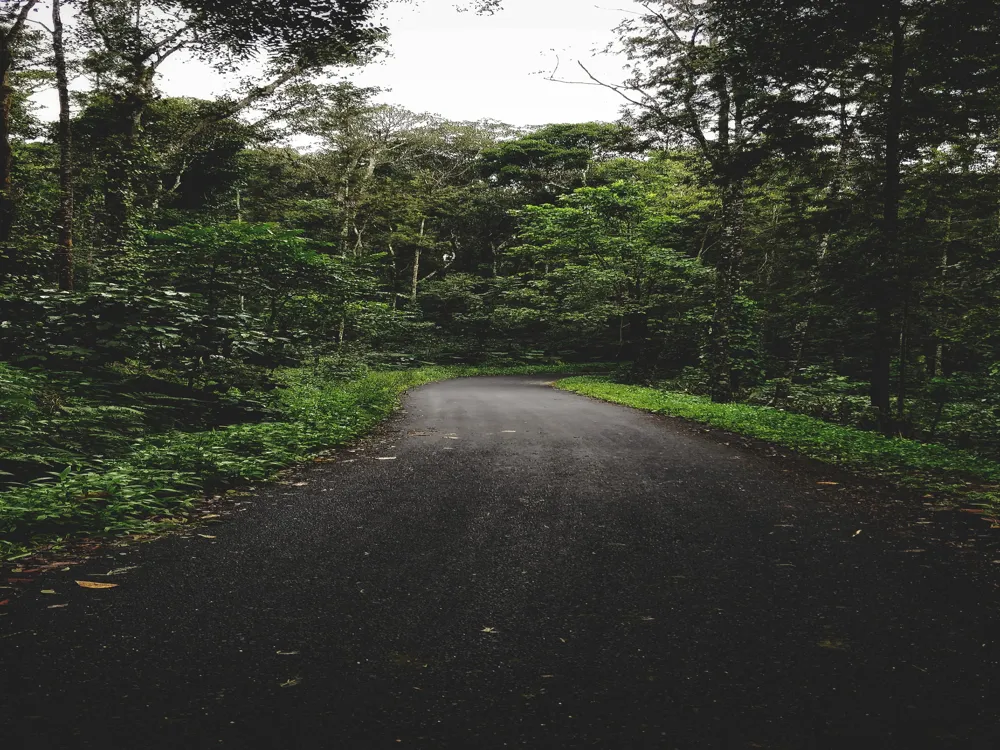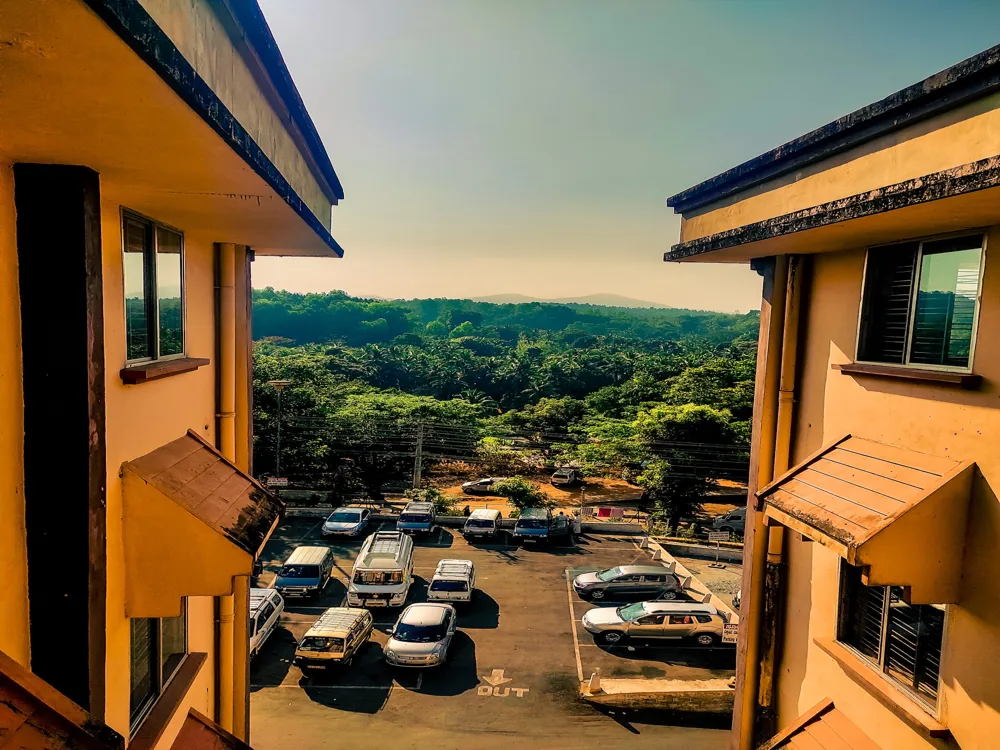Halebid, also known as Halebidu, is a historical town located in Karnataka, India, celebrated for its rich heritage and architectural marvels. This ancient city, once the regal capital of the Hoysala Empire in the 12th century, is renowned for its intricately carved temples and sculptures that attract historians, architects, and tourists from around the world. The most significant among these is the Hoysaleswara Temple, dedicated to Lord Shiva, which stands as a testament to the artistic mastery of the Hoysala period.
The name 'Halebid' translates to 'old city' or 'ruined city', a reference to its state after being ransacked by the Delhi Sultanate in the 14th century. Despite the damage, the remnants of its glorious past are evident in the detailed carvings and sculptures that adorn its ancient structures. These intricate artworks depict scenes from Hindu epics, mythology, and daily life during the Hoysala period, offering a window into the rich cultural and religious history of the era.
The layout of Halebid reflects the Hoysala's architectural ingenuity. The city's plan was designed with a focus on religious and cultural structures, surrounded by gardens and water bodies. This harmonious blend of architecture and nature makes Halebid not just a historical site but a visual spectacle. The climate of Halebid is tropical, with distinct wet and dry seasons, which has also played a role in the preservation of its monuments.
Today, Halebid is part of the UNESCO World Heritage tentative list, drawing attention to the need for preserving this invaluable piece of human history. Visitors to Halebid are treated to a journey back in time, where they can witness the grandeur of the Hoysala architecture and gain insights into a civilization that has significantly contributed to the cultural tapestry of India.
The architecture of Halebid is a spectacular showcase of Hoysala craftsmanship and creativity. The Hoysaleswara Temple, the epitome of Hoysala architecture, is particularly renowned for its detailed carvings and ornate sculptures. This temple, dedicated to Lord Shiva, is a dual-structured monument that exemplifies the use of soapstone, a material favored by Hoysala architects for its malleability and durability.
The temple's walls are adorned with an endless array of sculptures and friezes, depicting various Hindu deities, sages, stylized animals, and scenes from epic tales like the Mahabharata and Ramayana. Each inch of the temple's exterior is covered with intricate carvings, showcasing the artisans' attention to detail and their mastery over stone.
Another striking feature of Halebid's architecture is its star-shaped platform, a signature of Hoysala temple design. This geometrically complex foundation not only adds to the aesthetic appeal but also provides a larger surface area for the elaborate carvings. The temples in Halebid are characterized by their tiered superstructures, which rise majestically against the skyline, creating a dramatic silhouette.
Inside the temples, the ceilings are a marvel in themselves, featuring elaborate patterns and designs that draw the eye upward. The interior halls are spacious, with smooth pillars carved out of single blocks of stone, demonstrating the architects' and sculptors' skills in transforming stone into artistic expressions.
The sculptures in Halebid are not just religious artifacts but also reflect the social and cultural life of the Hoysala period. They serve as historical records, offering insights into the attire, hairstyles, jewelry, and lifestyle of the era. This blend of artistic beauty and historical significance makes the architecture of Halebid a fascinating subject for study and admiration.
The ideal time to visit Halebid is between October and March, when the weather is pleasant, and the cool climate enhances the sightseeing experience. Consider hiring a local guide to gain deeper insights into the history and architecture of the temples. Guides are available at the site and can provide valuable information that is not readily available in guidebooks. For photography enthusiasts, the intricate carvings and sculptures offer excellent opportunities. Early morning and late afternoon light provide the best conditions for capturing the beauty of the stone work. As a mark of respect to the religious nature of the site, visitors should dress modestly. Comfortable walking shoes are recommended as the exploration involves a lot of walking. Visitors are encouraged to help preserve the site by not touching the sculptures and carvings, as the natural oils in human skin can damage the stone over time.
Halebid is well-connected and accessible by various means of transportation. The nearest airport is in Mangalore, which is approximately 168 kilometers away. From the airport, one can hire a taxi or take a bus to Halebid. The nearest railway station is in Hassan, about 31 kilometers from Halebid. Regular buses and taxis ply between Hassan and Halebid, making it convenient for tourists to reach the historical site. For those who prefer to drive, Halebid is well-connected by road to major cities like Bangalore, Mysore, and Mangalore.
Overview of Halebid, Karnataka
Architecture of Halebid
Tips When Visiting Halebid
Best Time to Visit
Guided Tours
Photography Tips
Dress Appropriately
Preserve the Heritage
How To Reach Halebid
Archaeological Museum
Halebid
Karnataka
NaN onwards
View halebid Packages
Halebid Travel Packages
View All Packages For Halebid
Top Hotel Collections for Halebid

Private Pool

Luxury Hotels

5-Star Hotels

Pet Friendly
Top Hotels Near Halebid
Other Top Ranking Places In Halebid
View All Places To Visit In halebid
View halebid Packages
Halebid Travel Packages
View All Packages For Halebid
Top Hotel Collections for Halebid

Private Pool

Luxury Hotels

5-Star Hotels

Pet Friendly















